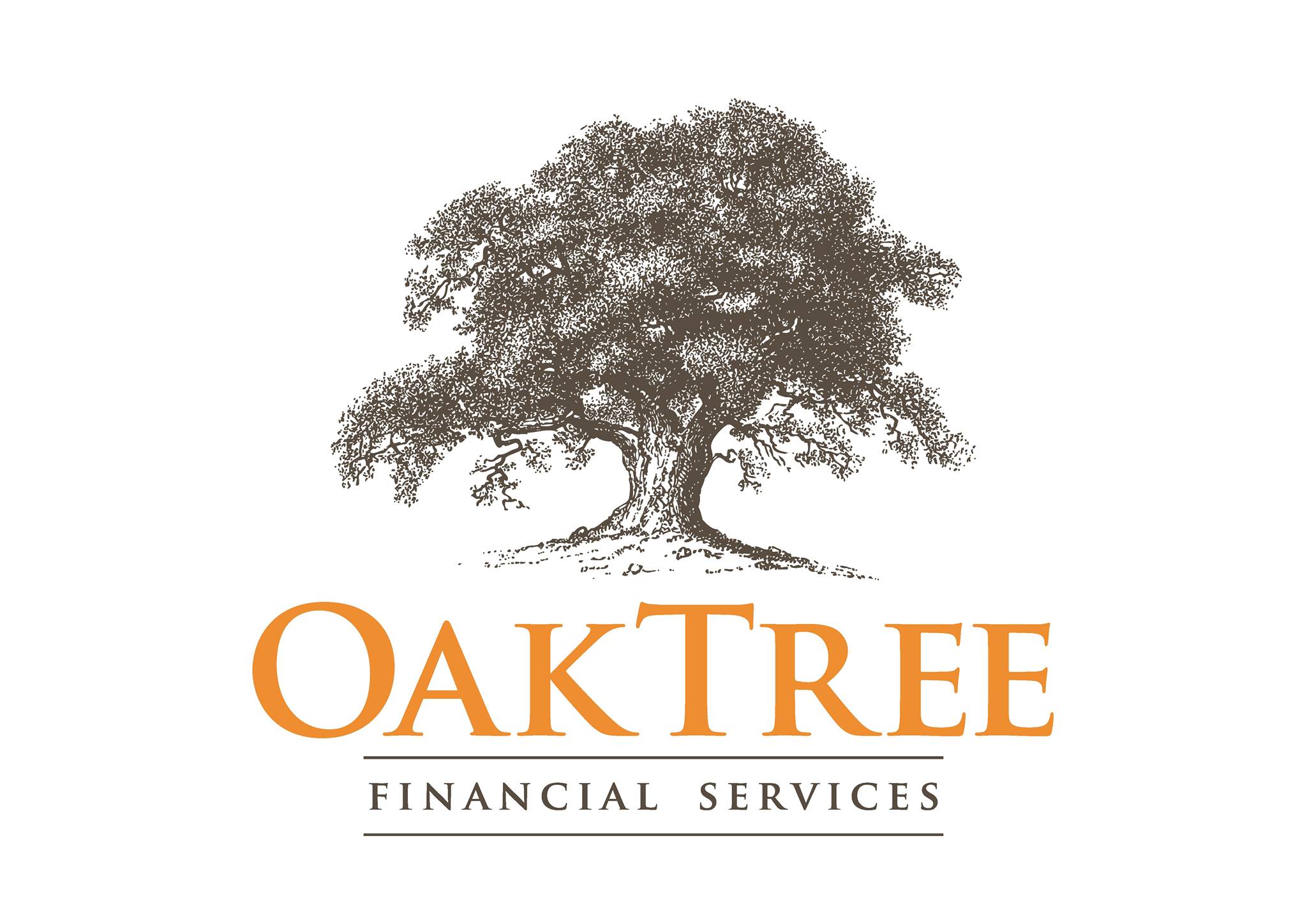And so Pension Season sets in for another year! The annual season where those who are self-employed have to think about paying their tax and seek ways to reduce it by paying into a pension, and the employed worry if they have enough in their pensions!
Over the coming weeks, we want to outline the various different pension contracts that are available to people and the different rules relating to each which can have a huge impact on both your funding ability and your final pot of retirement funds.
This week we are starting with PRSAs. The Personal Retirement Savings Account were introduced back in the good old days of 2002 and was marketed as a flexible and transferable pension plan. However, due to the complicated way in which they were set up the take up of them was and still remains to be very low.
The first thing to know is that all PRSAs are wholly owned by you – in the same way as any other defined-contribution pension scheme. That means no one else has a right over the assets of the fund, as may be the case if you’re in a more traditional, though increasingly rare, defined-benefit, or final salary scheme.
If you’re an employee, you’re also entitled to ask your employer to set up such a scheme. It’s not quite auto-enrolment – which requires employees to opt-out, rather than opt-in, to a pension scheme – but employers are obliged to facilitate access to a PRSA for employees who otherwise wouldn’t have access to a corporate pension plan.
Contributions can come from yourself, and your employer, but PRSAs are not tied to a particular employer, regardless of whether or not they make contributions. They are very portable, which may suit the growing cohort of people for whom a “job for life” is a historical artefact.
The main points of a PRSA are:
Charges
There are two types of structures for a PRSA – a Standard and a non-Standard. A standard PRSA provider can only impose charges of 5% on contribution allocation, plus a 1% annual management charge. The allocation refers to the amount actually going into your pot. In this case, €95 of every €100 contributed ends up in your pension. Non-standard PRSAs have differing charges and allocations and are often better than Standard PRSA’s. In our experience, too often, employers or employees do not realise that only 95% of the contribution goes into the pot so it would be particularly important for an employer to shop around to achieve 100% of all monies paid in.
Fund Choice
Again, depending on whether the PRSA is a standard or non-standard, PRSA has a huge impact on the fund choice available to investors. The Standard PRSA has a very limited fund choice available to it as it can only invest in managed funds. Unfortunately, this means that clients cannot access funds which would potentially be more suitable to them and their risk profile.
Employer Contributions
As mentioned, employers must at a minimum provide access to a PRSA. Some employers may also contribute to the scheme for the employee. Another advantage of a PRSA is that even if you leave a company fairly soon after joining, employers are not entitled to a refund of the contributions they made to your PRSA pension.
Tax Relief
Just like other pension products, you’re entitled to tax relief on your contributions, up to certain age limits, at either the standard (20%) or higher (40%) rate of tax, depending on which you pay. Thus, if you pay tax at the higher rate, a €240 contribution to your fund will only cost you €144.
Where PRSAs fall down, however, is when it comes to the age-related limits for tax relief. The headline figure says, for instance, that you can get tax relief on 25% of your income is put into a pension fund when you’re aged 40-49 for example. But, with PRSA’s, when working out what tax relief you’re entitled to, Revenue considers “combined” contributions to the fund – ie. what you get from your employer and what you put in yourself.
For more information please contact us to discuss and guide you through how you can secure a comfortable retirement income.

Adrian Godwin is a Senior Financial Consultant and the co-founder and managing director of Oaktree Financial Services. With a background in accounting and tax advising, Adrian specialises in estate planning and wealth management.Adrian offers clients reassurance through best practice solutions. His unique skill set and qualifications enable clients to develop comprehensive life plans that align with their goals.


